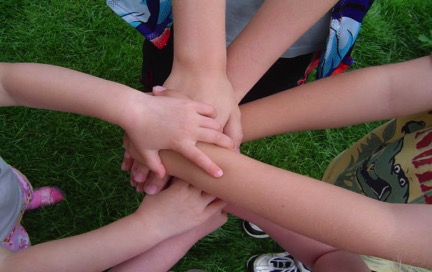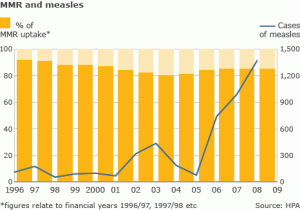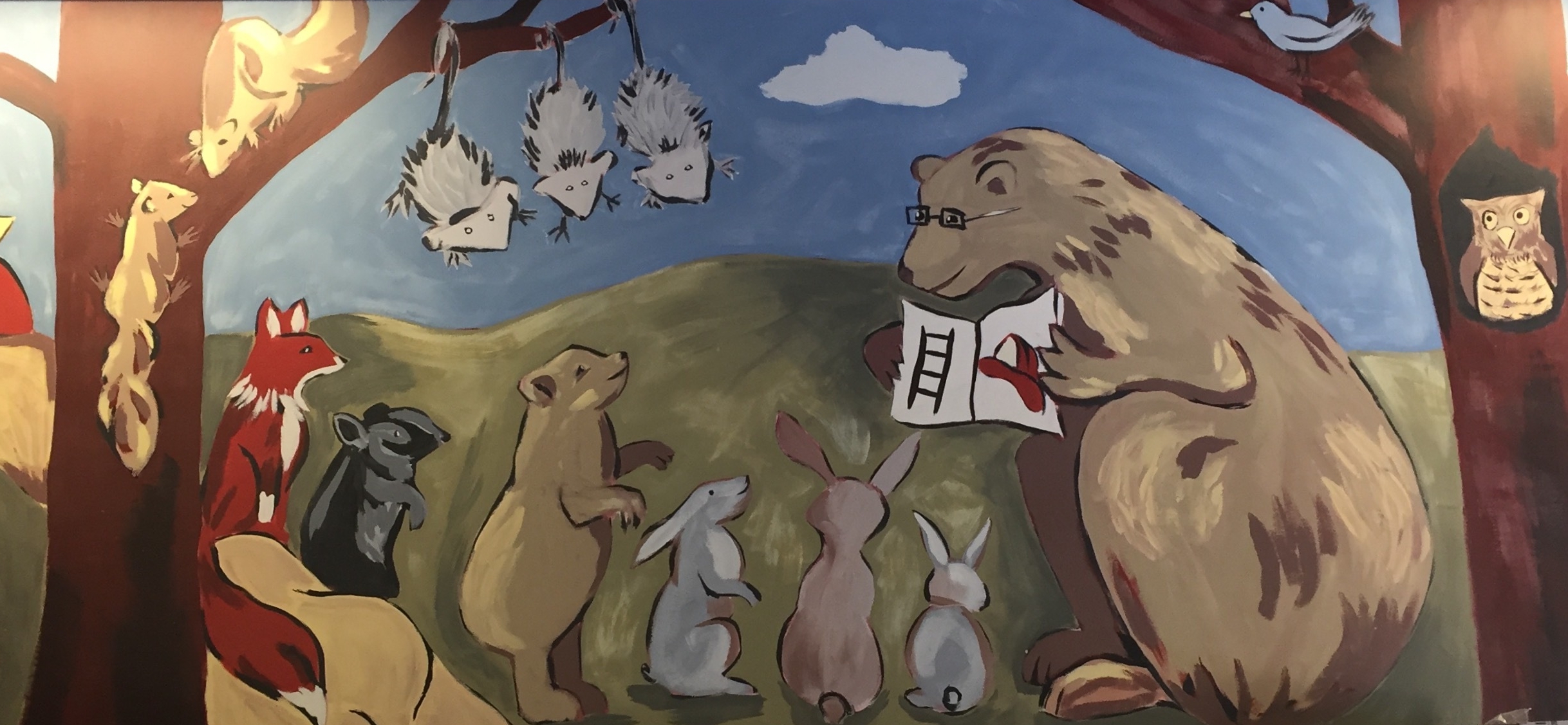For eight months I have been trying to write a post on the local public schools and the status of transitional kindergartens serving the OFS community. Woe is the parent reporter, teacher, or Superintendent who is trying to see through the current muddy waters of the state fiscal crisis and its effect on our public schools. But today I vow to tell you what I know.
When I first moved to California 37 years ago, California’s education system was one of the best in the United States. Due to many socio-political and economic factors, we can no longer claim that position. However, the truth is that in our more prosperous communities children do still outperform those in most other states. This of course comes as no surprise, since most of you moved to our community for the school system.
When this formal educational experience should begin has been a hot topic for educators, parents, and politicians for more than 100 years. In 2011 the California legislature made a momentous decision to change the kindergarten entrance date from December 2nd in 2011 to November 2nd in 2012, October 2 in 2013, and September 2 in 2014. In other words, formal public education should not begin until a child is five years old. Since so many children with the late birthdays would not be eligible for Kindergarten, the legislature offered a new program called “transitional kindergarten” which would be available for these late birthday children. Yet, with such severe budget shortfalls, Governor Brown thinks this is not the time or place to roll out another year of education. Historically, many OFS families often decided to hold their late birthday children back for an extra year in our preschool or developmental kindergarten classrooms. Nonetheless we do have quite a few families in limbo even now about what they are going to do next year.
In other parts of the Bay Area there are many children whose families cannot afford the luxury of keeping their children out of school for another year. These families are further hindered by the fact that there is also a dismantling of publicly funded preschool programs. Truly, it is these children who will suffer most from the current education crisis. As Billie Holiday observed in song, “Them that’s got shall get, them that’s not will lose.”
You moved here probably because you believed that these school systems will give your child a better chance for a successful and happy life. Will they? Or are there other, more weighty influences?
About 80% of OFS children move into the local public schools. Because we are luckily in affluent communities, most families believe that the quality of local schools is quite high. As Lafayette Superintendent Fred Brill says, the parents in our community expect a private school experience within their local public schools.
I recently attended a “Learning and the Brain” Conference for educators. In every session the concern about how far behind American children are to their Chinese contemporaries was emphasized. As one presenter stated, “It’s no longer appropriate to remind our children to clean their plates because children in China are starving.” Now he says we should say, “Do your homework because children in China are studying so hard that they are going to take the bread right off your plate if you don’t work harder.”
International expert on global education Yong Zhao tried in vain to calm this furor by reminding the audience that American children are happier than their Chinese counterparts and that he thought there was a relationship between happiness/self-concept and later success as entrepreneurs and creative people. He did not think that China could produce a Steve Jobs — or a Lady Gaga, for that matter. According to Zhao, what matters is diversity of talent, creativity, entrepreneurship, and passion. He thinks the United States will continue to be the world’s leader if we pay attention to those qualities rather than to test scores.
On another front, Malcolm Gladwell in Outliers suggests that it is age compared to peers that might hold the key to achievement in math, sports, and leadership. He points out that children who are older than their peers (6 to 9 months) have so much more opportunity for leadership and confidence building in the 12 years they are in elementary and high school. Maturity matters, he argues. The older child is often the dominant child. It’s not IQ but birthdates relative to peers that will give our children the edge. Let’s think about this for a minute. Children who are in the 1st grade and are seven years old when they take reading tests do better than children who are 5 ¾ years old who are also in the first grade and take the same reading test. Hmmmmm.
John Walsh, author of Smart Parenting, Smarter Kids tells us that it’s self-restraint and self-regulation that presages success in education and life. To illustrate, he offers the story of the marshmallow research project: Put your four-year-old in the room with one marshmallow on the plate. Tell them if they don’t eat it for 15 minutes then they can have two. Those who can wait will get ahead faster and farther than those of us who go for the immediate rewards. He argues that American parents have gotten bad at teaching self-restraint.
What about the children in our community?
First, I have to say how truly impressed I am with the educators and parents who are working on these problems. Stephanie Tiechmen, Lafayette School Board President, kindly spent an hour with me explaining the ins and outs of Lafayette Schools / state finances. Lafayette Schools Superintendent, Fred Brill spoke to the same issues in an interview with Stacey Higgins last summer (August, 2011).
Raoul Wertz from the Mill Valley School Board spoke to our Education Reporter Lindsay Helge. (See full text of interview below.) Although it’s been 8 months since these interviews took place, the same strengths and problems are still in play.
Basically, both the Lafayette and Mill Valley school districts are unhappy with the cuts but can live with them. Lafayette just passed a parcel tax last year and had already planned for worst-case scenarios in terms of state funding next year. They are ready if in July serious budget cuts happen.
As it stands now, the state legislature says the school districts have to provide transitional kindergartens. Governor Brown says there will be no extra money for it, although districts may decide to let 4-year-olds in on a case-by-case basis. One wonders if there will be any lawsuits by frustrated parents tired of dealing with this wiggle waggle.
At present the Transitional Kindergarten issue is stacking up this way:
- Orinda is not planning on offering a transitional kindergarten.
- Lafayette is not planning on offering a transitional kindergarten.
- Moraga is waiting until the July state budget comes out to decide.
- Mt. Diablo, which serves our Pleasant Hill and Martinez families, is at this point a go.
- Walnut Creek is not stating on their web site nor are they answering my calls. Neither Buena Vista nor Parkmead is offering one.
- Mill Valley is not offering one. They estimated the cost of providing the program would be about $80,000 for the eighteen children who are legible.
There are about 40,000 California children who have November birthdays who are missing the cutoff date this next year. One wonders what will happen in the 2013/14 year when the number will rise to 80,000. A lot will depend upon the economy and consequent state’s tax revenue. As of right now, the battle goes on in the legislature with State Senator Simitian (San Jose) saying that school districts who are not offering it are breaking the law and the Governor saying, “We can’t pay for it.” What’s a school board to do????
Democracy is sure messy.
Next topic for this blog is on local private schools. Stay tuned.
•••
Interview with Mr. Raoul Wertz, Mill Valley School Board August, 2011
At Old Firehouse School, we recognize the transition from preschool to kindergarten as one of the most pivotal moments in a child’s educational experience. As a preschool, we feel it’s important to help families bridge the connection from preschool to kindergarten. We help our older preschoolers graduate to kindergarten with confidence, and also we want their parents to be informed. In order to gain perspective about how the Mill Valley School District is fairing, I interviewed Mr. Raoul Wertz, who is currently serving on the school board for the Mill Valley School District (MVSD). I was also fortunate to speak with Ms. Trisha Garlock, founder and Executive Director of Kiddo! about their efforts to raise funds for the arts and technology in Mill Valley’s public schools.
School Finances
Currently, districts across the state of California are facing budget cuts and simultaneously experiencing growth in their enrollment. Enrollment growth in the Mill Valley School District has increased steadily over the past six years. However, contrary to what many people believe, the district does not receive more money because they have more children to serve. “The MVSD is a ‘basic aid’ or ‘community-funded’ district,” said Mr. Wertz, who added, “Our revenue does not automatically grow when the student population increases. Rather, our revenue is primarily derived from local property taxes.”
For the past three years, Mill Valley’s tax revenues have been declining or plateauing. Because of this lack of property tax growth, combined with continued state funding reductions and increased enrollment, the district has been unable to add teachers and support staff commensurate with enrollment growth. As with other California school districts, Mill Valley is fortunate to receive a small amount of federal funding. However, Mr. Wertz points out the bind with federal money: some federal money “is considered ‘one-time’ money which makes it an impractical source for planning long-term expenses. Also, if we don’t use it by the expiration date, then we lose it.” The district has to be careful how they choose to use the federal money because they cannot ensure they will have additional funding sources once the federal aid runs out. The MVSD is fortunate to have a loyal community that continues to value education and support ballot measures to help fund its schools, but the school district’s planners do not want to commit to a program only to see the funding run out and not have a way to continue the program.
Kindergarten in Mill Valley
The kindergarten programs in the MVSD are well-supported, with an average class size of 24 children to 1 teacher. Each classroom is also staffed by a Kindergarten Aide, and often parent volunteers as well. The MVSD has created a strategy to integrate new kindergarteners into the elementary school setting. As Mr. Wertz explains, “The program for the first two weeks of kindergarten is a short day. It’s a getting-to-know-you period for students, parents and teachers, as they learn the routine.” Parents may find that the shorter school day allows children to transition into kindergarten with ease and adjust to the school routine. During the start of the new school year, teachers focus on getting to know the students on an individual basis. The relationship and trust established between student and teacher in the first few weeks of school will benefit the rest of the school year. Mr. Wertz notes, “All of the teachers are keyed into each of the kids individually.” This caring, individual attention and focus on a smooth transition in the beginning of the year, is the same this year as in previous years.
Some changes are under way, however. Many parents have heard about the changes in eligibility for kindergarten, and the addition of public “Transitional Kindergarten” (TK) programs for children who are too young or not developmentally ready to enter regular kindergarten. Currently, many private preschools offer TK programs for children ages 4 and 5.
With the passing of Senate Bill 1381, the state is moving the cut-off date for kindergarten back one month each year. Children had to be 5 years old before December 1, 2011 in order to enroll in kindergarten for the 2011-12 school year. By 2014, the cut-off date for kindergarten will be September 1st. The new law simultaneously requires redirecting money that would otherwise educate young kindergarteners into a “TK” program. The responsibility for running a TK will fall on the districts, at no cost to the parents. Asked how the MVSD plans to handle this change, Mr. Wertz said, “A transitional kindergarten for the Mill Valley School District is undetermined at this point. We are waiting for guidance from the Marin County Office of Education.” Parents of children who would be entering kindergarten on the young side may wish to look into a TK program offered by a private preschool until the district implements its own option.
Kiddo! Foundation
Happily, the Mill Valley School District has an incredible fundraising organization that helps supplement the district’s budget — specifically focusing on the arts and technology. Kiddo! was founded in 1982 and has since raised over $20 million to make programs available to every child in grades K-8 in every Mill Valley public school. “Kiddo! funds, solely through parent and business contributions, art, music, dance, technology and classroom and library aides. These are the programs that the district and parents feel are an important part of education. A well-rounded education includes the arts and technology,” said Ms. Trisha Garlock, Founder and Executive Director of Kiddo!. Assuring that every child receives a well-rounded education has driven the mission of Kiddo! from the start. “We are very lucky to live in a community that supports education to the extent that Mill Valley does, through community, parent, and business contributions,” noted Garlock.
Parents’ Role
Mr. Wertz offered this advice about how parents and community members can help our children thrive in school: “Support young learners as much as possible and be involved in the classroom if you can.” He noted the importance of making sure children are well-rested, nourished and relaxed as they start their school day. “Parent involvement has huge benefits, especially when the kids see their parents taking an interest in their learning, their classroom and school.” Joining a committee or volunteering in the classroom is a great way to get to know your child’s school and be involved. You can never underestimate how much children benefit when their parents are actively involved in their education.
Closing Thoughts & Resources
In conclusion, the MVSD is a community that values a well-rounded education. The district, with support from the community, is bracing itself through tough economic times by making fiscally responsible spending decisions. The Kiddo! organization continues to raise money to support the arts and technology in the schools. To new parents, Mr. Wertz would like to say, “Welcome to a dynamic community! There is a lot going on in each of the schools across the district. Get involved where you can contribute time and skills.” He adds, “There are lots of places to get involved and it is a great community and a great support network for students and parents.” Changes are ahead for public schools across the state of California. However, the MVSD has strong support and aid from a community that truly values education.
For additional information and resources please visit:
http://www.mvschools.org/
http://www.mvschools.org/news/finance/BasicAidBasics.pdf
http://www.kiddo.org/
Mr. Raoul Wertz has been a Trustee of the Mill Valley School District since November 2009. He is currently serving his four-year term.
Ms. Trisha Garlock is Founder and Executive Director of Kiddo!












